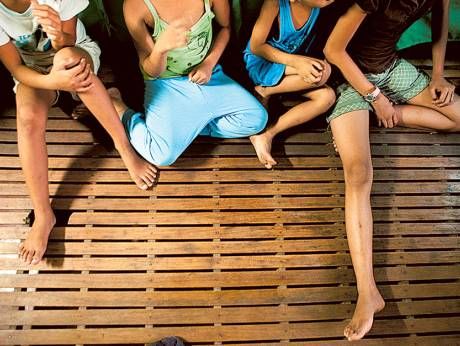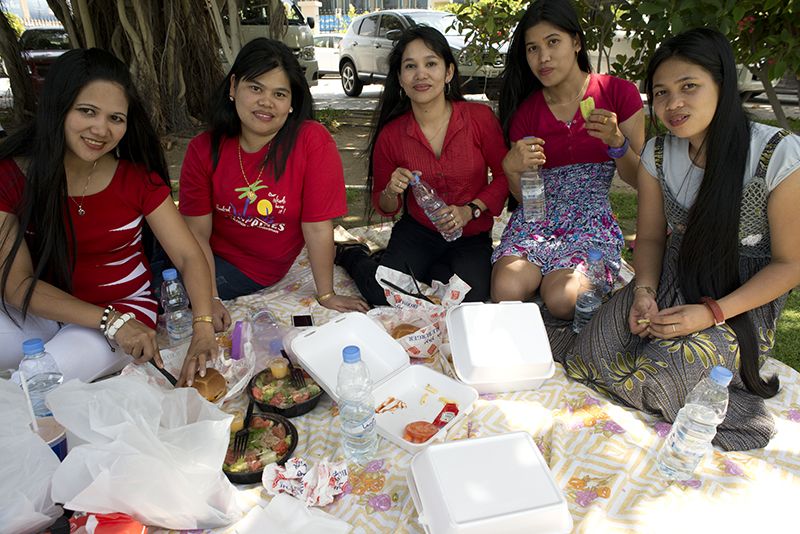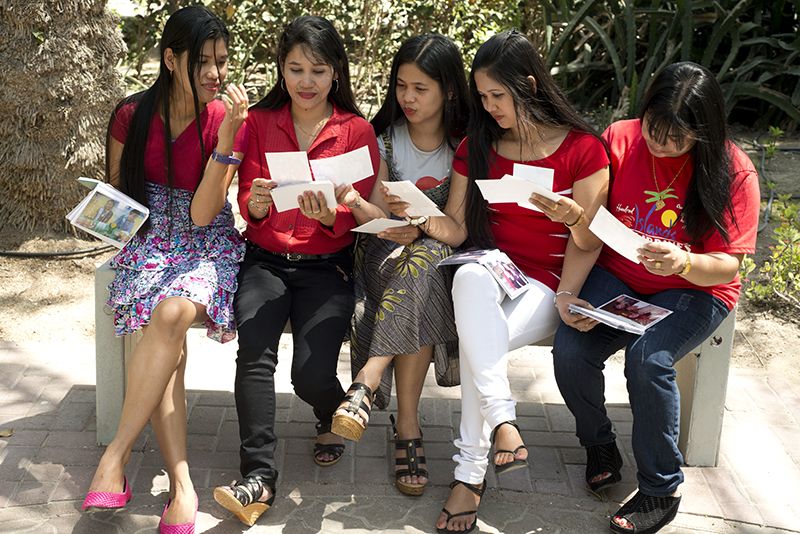Common Core Standard:
CSS.ELA-Literacy.RI.9-10.3: Analyze how the author unfolds an analysis or series of ideas or events, including the order in which the points are made, how they are introduced and developed, and the connections that are drawn between them.
Objective:
Students will be able to analyze the impact of how an author orders the information in two articles about domestic workers from the Philippines in order to determine the author’s purpose
Warm-up:
Imagine that you are writing an article about stress among students at their school. Who would you like your audience to be for the article? (administrators, your city, other students)
Ordering information exercise:
If you have the following elements for their article what order would you choose to present them in and why? If you were to change the order, what would be the impact? (Place the order number into the line)
- An interview with a student that has been dealing with severe stress at school____
- Statistics about stress in schools and how it relates to other health issues____
- An interview with a parent/school counselor about students dealing with stress at school____
- A narrative describing a student struggling with stress at school.____
- Statistics about stress in schools globally. _____
Create your order and then share with class to discuss the impact of ordering the article in different ways.
Consider: Would your order change if your intended audience changed? How?
Introducing the Lesson:
Today’s lesson will analyze the order of two articles by the same author and how the orders of the articles reflect the author’s purpose for writing the articles. The articles we will look at today were written by Ana P. Santos, a journalist studying the lives of migrant workers from the Philippines, a country in Southeast Asia. A migrant worker is a person that moves from place to place in order to work.
Introducing Resource 1: “Philippines: Missing Their parents”:
- Read the article and answer the attached questions.
- As you read, track how the author orders information by taking note of when the author changes subjects.
- After reading the article, discuss the questions with a partner or your class. Together, determine the author’s purpose for this article and how the order contributed to communicating that purpose.
- Optional: View the video that accompanies the article. Consider what additional information the film provides and what information it chooses to exclude.
- Does the film have the same purpose as the article?
- How is it structured differently?
Introducing Resource 2: “The Sisterhood of Filipino Nannies”
- This article also addresses the issue of Filipino women working in other countries, but from a different perspective.
- Read the following article and answer the attached questions.
- As you did with Resource 1, track how the author chooses to structure the piece by noticing when the subject changes.
- After reading the article, discuss the questions with a partner or your class. Together, determine the author’s purpose for this article and how the order contributed to communicating that purpose.
- Optional: View the accompanying video starting at minute 5:45.
Conclusion:
Compare the two articles. Consider the following on your own, or discuss in pairs/as a class.
- How do the articles start differently?
- What are differences in the structures of the two articles?
- When are the articles alike?







